Try GOLD - Free
Gardening With Bees
The Gardener
|October 2017
Gardening With Bees

Bees and flowers
Flowers provide food for bees. To plants they are sex organs. The origins of flowering plants and insect pollinators began simultaneously about 100 million years ago. Cross-pollinated plants use a vector, such as wind, water or an animal, mostly an insect, to deliver their pollen to a receptive stigma of another flower. Animal pollination requires that flowers attract pollinators, mostly for food (pollen, nectar and oils), but also through scent and/or visual cues. This co-evolution resulted in plants producing rewards for the service they receive, namely pollination, although the bees are blissfully unaware they’re performing a service.
Bees as pollinators
Bees are among the most important pollinators. Commonly, beetles, moths, bats and birds pollinate, and a host of other organisms may pollinate as well. Pollination precedes fertilisation in plants, but does not guarantee it. Therefore it also precedes plant reproduction, seed set and fruit production. Consequently, it is an essential ecosystem service, meaning that in the wild it directly contributes to the production of food for seed- and fruit eating animals, and ensures that there will be future generations of plants. The same applies to agriculture.
This story is from the October 2017 edition of The Gardener.
Subscribe to Magzter GOLD to access thousands of curated premium stories, and 10,000+ magazines and newspapers.
Already a subscriber? Sign In
MORE STORIES FROM The Gardener
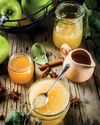
The Gardener
Preserving apples
The end of the apple season means that apples need to be preserved for the next six months until the next harvest is ready.
3 mins
July/August 2025
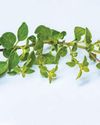
The Gardener
Golden Oregano
Origanum vulgare ‘Aureum’, as its name suggests, is golden yellow in full sun and cool weather. These bright herbs are highly fragrant, with a classic oregano taste and aroma, and are often used in the kitchen for pasta and pizza. In summer, the yellow leaves will be covered with small pink and purple flowers.
1 min
July/August 2025
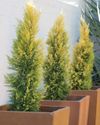
The Gardener
Potting up a conifer
Conifers generally are well-behaved plants with interesting, evergreen foliage and mostly formal and neat growth habits. This makes them stately candidates for roomy containers.
1 mins
July/August 2025
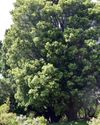
The Gardener
Enduring and venerable trees
There cannot ever be a good reason not to plant a tree, and somewhere there is just the right tree for you...
3 mins
July/August 2025
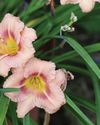
The Gardener
Daylilies make a comeback
Daylilies are making a comeback in 2025 with even more shapes, twists, ruffles, pleats, picotees, curves, and stunning colours and colour combinations. There are singles and doubles, big and small flowers, each unique, and yes, they only last a day! They do, however, have another flower bud just behind that one, ready to show off the next day.
1 min
July/August 2025
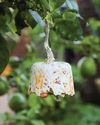
The Gardener
How to make a fat ball
Some birds love a fat ball in winter to boost their energy levels. These are easy to make and a fun project to do with the kids.
1 min
July/August 2025
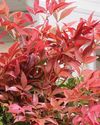
The Gardener
The Princess and Obsession
It only takes two wonderful modern hybrids of old garden favourites to prepare a garden and containers for an unforgettable spring performance.
1 mins
July/August 2025
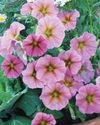
The Gardener
Pink and pretty
Pink colour shifters with hot appeal...
2 mins
July/August 2025
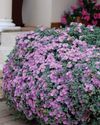
The Gardener
GROW the WALL
If you want lots of flowers in plantable concrete retaining wall blocks or lush stems and foliage cascading over dry stone walls, we have good plant suggestions for you!
5 mins
July/August 2025
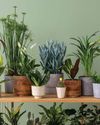
The Gardener
Winter indoor plant care
Winter can be a tough time for your houseplants; a drop in natural light, drier air, and cold drafts can all influence their lush appeal. As plant lovers, spending more time indoors in winter creates opportunities to keep a close eye on your leafy companions and make some changes to avoid these common winter blues.
1 min
July/August 2025
Translate
Change font size
